Retro Replay Review
Gameplay
Mary-Kate and Ashley: Sweet 16 – Licensed to Drive offers a straightforward yet engaging board-game experience designed for up to four players. Each turn relies on a spinner to propel your chosen character—Mary-Kate, Ashley, or one of their friends—around colorful city-themed boards. The simplicity of this movement system makes it easy for younger gamers to pick up and play immediately, yet there’s enough variety in the special spaces to keep each playthrough fresh.
(HEY YOU!! We hope you enjoy! We try not to run ads. So basically, this is a very expensive hobby running this site. Please consider joining us for updates, forums, and more. Network w/ us to make some cash or friends while retro gaming, and you can win some free retro games for posting. Okay, carry on 👍)
Landing on different spaces can trigger fines, bonuses, or the chance to purchase helpful items such as fuel boosts or extra spin attempts. These strategic purchases add a light layer of resource management, encouraging players to balance risk and reward as they navigate toward the finish line. When two characters land on the same spot, a head-to-head mini-challenge ensues, injecting a bit of competitive tension that keeps everyone on their toes.
After each full rotation of the board, all participants dive into a four-player minigame that can range from windsurfing sprints to reflex-based tag and even an assembly challenge where you piece together a car to match a reference image. Performance in these minigames awards coins, which are essential for purchasing the aforementioned items. This cyclical blend of board movement and varied mini-activities ensures that no two turns feel the same.
Graphics
The visual presentation in Licensed to Drive leans into bright, cartoony aesthetics that reflect the youthful, upbeat nature of a Sweet 16 celebration. Character models of Mary-Kate and Ashley are instantly recognizable, complete with fashionable outfits and expressive animations. The supporting cast of friends is similarly well-designed, providing plenty of visual variety when you’re browsing your options at the character select screen.
Each game board is rendered as a stylized cityscape with vibrant roadways, quirky landmarks, and detailed background art that helps distinguish one track from another. Whether you’re cruising past colorful storefronts or weaving around park fountains, the environments feel lively enough to hold your attention without becoming visually overwhelming for younger players.
Minigames themselves showcase the greatest graphical diversity, as each one tends to adopt a thematic look—from sun-drenched beach scenes for windsurfing races to sleek garage interiors for the car-assembly puzzles. While the textures and polygon counts are modest by modern standards, the crisp, cheerful color palette and smooth animations ensure a pleasant experience on the original console hardware.
Story
True to its title, Licensed to Drive centers on a simple premise: Mary-Kate, Ashley, and their friends have turned sixteen and are eager to hit the road in style. The narrative framework is minimal, focusing primarily on the excitement and freedom that comes with a sweet-sixteen milestone. This light storyline serves as a backdrop, providing context for the driving escapades and minigame showdowns.
Between races and board turns, occasional brief dialogue bubbles and celebratory animations remind players of the overarching theme—teenage fun and friendly rivalry. While there’s no deep plot twist or character development arc, the charm of seeing your favorite twin stars windsurf or race go-karts is enough to carry the mood. The game’s narrative existence is best viewed as a colorful shell to house its party gameplay rather than a central selling point.
For fans of Mary-Kate and Ashley, the game offers a lighthearted peek into their 16th birthday adventures. However, those looking for a strong emotional storyline or intricate character interactions may find the plot elements sparse. Ultimately, the narrative suffices to keep the pace moving between minigame competitions and board progressions.
Overall Experience
Mary-Kate and Ashley: Sweet 16 – Licensed to Drive shines brightest as a social party game. The combination of a board-game structure with frequent minigame interludes ensures that sessions remain dynamic and engaging for groups of friends or family members. Younger players will particularly enjoy the simple controls and colorful presentation, while older siblings may appreciate the nostalgic cameo of two of the ’90s’ biggest twin celebs.
The inclusion of Bring It On mode, where victory hinges solely on winning a predetermined number of minigames, offers a quick-play alternative that cuts out board navigation entirely. Similarly, the standalone Arcade mode lets players hone specific skills or simply indulge in their favorite mini-activities. These additional modes boost replayability and allow customization of the experience based on group preference.
While repetition can set in after extended play—especially if players favor only a handful of their favorite minigames—the title remains a solid pick for casual gatherings. Its approachable mechanics, cheerful graphics, and easy-to-grasp objectives provide a low-stress environment for friendly competition. If you’re seeking a lighthearted, four-player party game that celebrates the fun of teenage road trips and mini-challenges, Licensed to Drive delivers that promise with style and enthusiasm.
 Retro Replay Retro Replay gaming reviews, news, emulation, geek stuff and more!
Retro Replay Retro Replay gaming reviews, news, emulation, geek stuff and more!
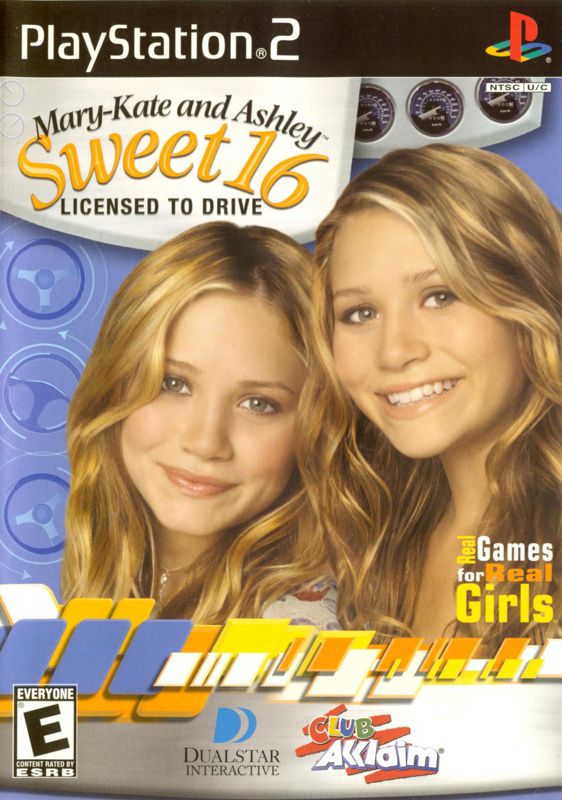
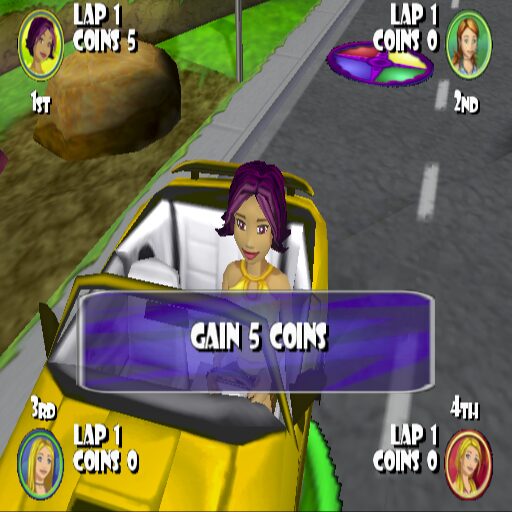
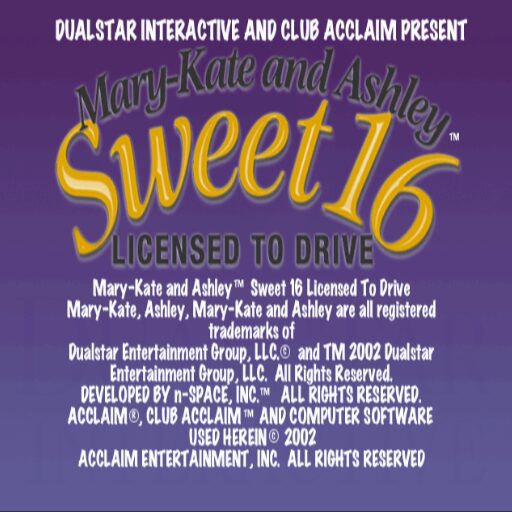
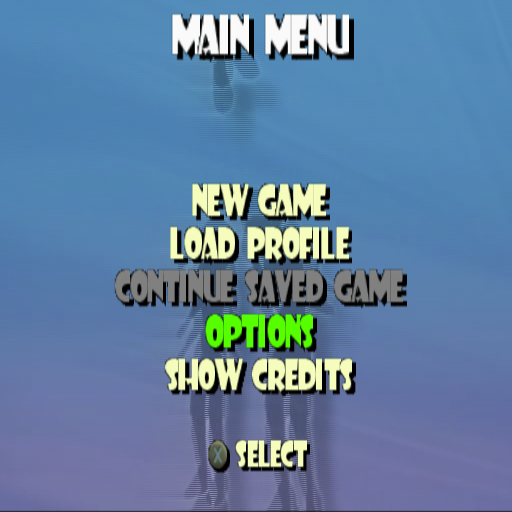
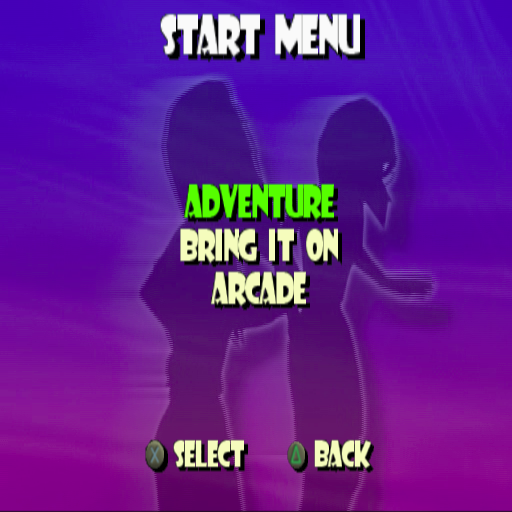
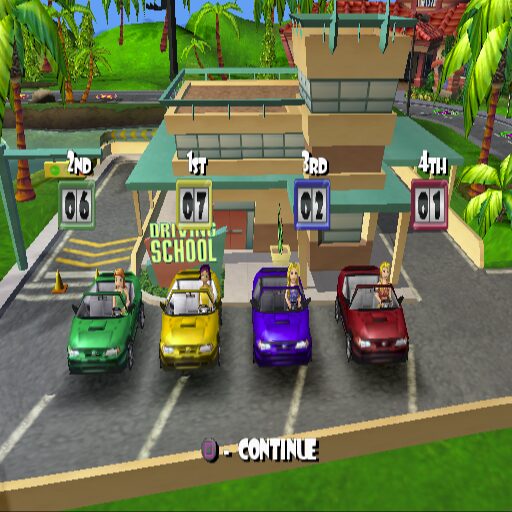


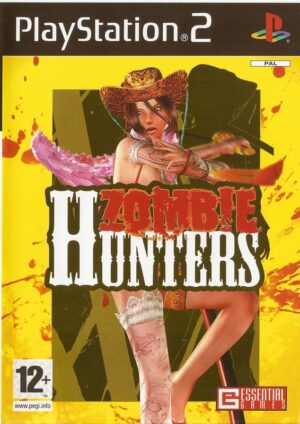
Reviews
There are no reviews yet.